Along with Sunningdale and Winged Foot, Walton Heath is a standard on lists of clubs with 36 great holes. As with those clubs, there’s a pretty strong consensus at Walton Heath as to which is the better course. In this case, it’s the Old Course.
But unlike Sunningdale and Winged Foot, the second course here, the New Course, flies a bit under the radar. People seem to acknowledge that the club has 36 great holes but then never really discuss the New Course. It does well on lists of UK/England top courses, but doesn’t get much support as being in the top tier of heathland courses. I don’t understand this. I agree with the member that I played with: there isn’t a big difference in quality between the Old and New Courses. Both are among the best heathland courses.
And given the basic facts of the two courses, we shouldn’t expect there to be much difference between them. Not only are they on the same gently rolling, open heathland, the routings weave in and out of each other. Both were designed by Herbert Fowler (the Old opened in 1904 and the two nines of the New in 1907 and 1913) and incorporate the same features: large, undulating greens, deep bunkers, and odd, randomly placed heather covered mounds. They’re very stylish courses from an architectural standpoint and it’s easy to make a composite course here because this style is consistent across both courses. And despite the Old being the more highly rated course and the major contributor to the composite course that’s used for tournaments, I found the New slightly tougher because the holes seemed a bit narrower. The Old may be longer but at 7,200 yards from the tips, I think that the New is the second longest heathland course that I played.
On top of that, the Old Course isn’t all original because a few holes were lost to the construction of the M-25. That’s not to say that I think that the New is a better course than the Old, just that I think that it’s a much closer call than any of the rankings have it. But it is fair to say that the New is an excellent course and an under-appreciated one. I’d have it in the top tier of the London-area heathland courses.
Like the Old, the New starts on an odd hole—this time a very short par 4. Really, it’s like a dogleg par 3. I hit a 2-hybrid almost pin high…although I was getting some assistance from the firm summer fairways (it’s about 280 yards). You should play well out to the right here because while the green is large, it angles pretty sharply behind two bunkers at the front left and falls away to the back.
But unlike Sunningdale and Winged Foot, the second course here, the New Course, flies a bit under the radar. People seem to acknowledge that the club has 36 great holes but then never really discuss the New Course. It does well on lists of UK/England top courses, but doesn’t get much support as being in the top tier of heathland courses. I don’t understand this. I agree with the member that I played with: there isn’t a big difference in quality between the Old and New Courses. Both are among the best heathland courses.
And given the basic facts of the two courses, we shouldn’t expect there to be much difference between them. Not only are they on the same gently rolling, open heathland, the routings weave in and out of each other. Both were designed by Herbert Fowler (the Old opened in 1904 and the two nines of the New in 1907 and 1913) and incorporate the same features: large, undulating greens, deep bunkers, and odd, randomly placed heather covered mounds. They’re very stylish courses from an architectural standpoint and it’s easy to make a composite course here because this style is consistent across both courses. And despite the Old being the more highly rated course and the major contributor to the composite course that’s used for tournaments, I found the New slightly tougher because the holes seemed a bit narrower. The Old may be longer but at 7,200 yards from the tips, I think that the New is the second longest heathland course that I played.
On top of that, the Old Course isn’t all original because a few holes were lost to the construction of the M-25. That’s not to say that I think that the New is a better course than the Old, just that I think that it’s a much closer call than any of the rankings have it. But it is fair to say that the New is an excellent course and an under-appreciated one. I’d have it in the top tier of the London-area heathland courses.
Like the Old, the New starts on an odd hole—this time a very short par 4. Really, it’s like a dogleg par 3. I hit a 2-hybrid almost pin high…although I was getting some assistance from the firm summer fairways (it’s about 280 yards). You should play well out to the right here because while the green is large, it angles pretty sharply behind two bunkers at the front left and falls away to the back.
The second is a short, downhill par 3 to a deep green that slopes pretty hard from back to front.
The medium-long par 4 third has a feature that appears several times on the New Course but one that I don’t like: a fairway that’s cut off by bunkers. This was probably the worst case of it because the hole is 420 from the medal tees and the bunker cuts across the fairway 240 from the tee. I was stupid and didn’t look at the yardage book and just hit driver…and carried the bunker. Fortunately it’s easy to run the ball onto the green here, but there is a pretty significant false front.
Four is another sub-300 yard par 4 from the medal tees. Both Walton Heath courses are a very simple walk from the medal tees but several of the holes require 100-125 yard walk backs if you play the tips. There’s a bunker guarding the front right and a very interesting heather-covered depression and mounds at the front left. Miss on the opposite side of the hole as the pin.
The long par 4 fifth is one of the best holes on the property and is to me, along with its next-door neighbor Old 14, a type-species hole for open heathland. The fairway bunkers on the right, which are only about a 200 yard carry from the tips, obscure most of the fairway. You need to play over them because you can run out of fairway on the left. But don’t push it, or you might spend several minutes wandering around in the heather (like we did...looking for my ball).
The approach is over a big, beautiful centerline bunker almost 100 yards short of the green. Unless you’ve hit a poor drive, the bigger issue here is the green which is narrow, guarded left and right by bunkers, and one of the most undulating on the property.
Six is a tough mid-length par 3 over two pot bunkers (I think that Walton Heath was the only heathland course that I played with sod-face bunkers). The green runs off left and long.
Seven is a lovely but disconcerting drive. As on several other holes, the heather-filled trench on the right is only a short carry and obscures a pretty wide fairway. The approach is gently uphill over another trench bunker to a green framed by farmland.
Like the third, the fairway on the par 5 eighth is bisected by junk, but I wasn’t able to reach it off a good drive from the medal tees (it’s about 280 from there). The second is one of the more exacting lay ups on any par 5 that I’ve played. The landing area features staggered bunkers and heathery pits for the last ~100 yards. The green is reachable in two, but you must be accurate.
The long par 4 ninth has tees left and right of the eighth green. From the left, it’s a straight-away drive. From the right, it doglegs right around some oak trees. Again, the fairway is bisected, this time at ~270 from the medal tees and by a huge patch of heather. I didn’t get a picture of the approach to the green but I remember it being very appropriate for such a long par 4: wide open in front, with just a single bunker ~25 yards short who pull their approach.
N.B. Along with the eighth green on the Old Course, the ninth green on the New is my loudest experience on a golf course as the M-25 is about 100 yards through the trees on the right.
Ten is a nice par 3 with an interesting green but the most interesting thing about it is definitely the donut-shaped bunker at the front left. One of the best examples of Fowler’s intricate shaping at Walton Heath.
Ten is a nice par 3 with an interesting green but the most interesting thing about it is definitely the donut-shaped bunker at the front left. One of the best examples of Fowler’s intricate shaping at Walton Heath.
Eleven is a medium-length but very tough par 4 because it’s narrow and very thick heather comes up right to the edge of the fairway on both sides. The green is very large but unless you’re up the right side of the fairway, it’ll be almost completely obscured by a huge trench sand bunker that covers most of its left side.
Between junk bisecting the fairway and the short carry hazard that obscures most of an otherwise wide fairway, we encounter the latter on the long par 4 twelfth. It’s good that the fairway is wide open here because you need to rip one; the green is 50 yards deep but has a nasty bunker just in front. In addition to being one of the largest, this green is also one of the most undulating.
We drive over some more Fowler mounds to reach the fairway on the short par 5 thirteenth. If you catch a good one on a dry summer day, you could reach the bunker on the right that’s ~300 yards from the medal tees. Again, the green sits simply on the land and is protected by bunkers left and right that leave plenty of room to run the ball onto the green.
The two fourteenth holes are two of the best holes at Walton Heath although the New’s probably takes a few playings before you’ll be comfortable with the drive. While you might think that you want to aim somewhere near the fairway bunker on the right, that’s completely deceiving—you actually want to aim just inside the tree line on the left. The carry to the fairway on this line is only ~200 yards and if you go much further to the right, you can run through it. The hole turns to the right and the best angle is from the right side…although not as far right as you see in the second photo below.
No obscuring or bisecting hazard on fifteen, but the fairway is narrow and there is thick heather up both sides—yet again, this one required the whole search party of five of us (don’t tell the club secretary…) to find one ball in it (not mine this time). Another large green that sits gently on the land.
Sixteen is a very long, straight par 5 and while the fairway is bisected by heather, it’s over 300 yards out. The second appears to be the standard open-in-the-middle, trouble-at-the-sides approach common to the long holes here but there’s a difference: a rough filled pit right in the middle of the approach just short of the green. It isn’t such a difficult shot if you hit it in there, but it will thwart most attempts to run the ball onto the green.
My member playing partner said that he thought that the short par 4 seventeenth was one of the best holes on the course. I completely agree. It’s one of the widest fairways on the course but there’s real cunning underfoot here—if you place your drive up the right side, you have a very awkward angle into a green that angles from front left to back right but tilts right-to-left. And the right side of the green is blocked by a heather-covered trench. While you can get at pines in the middle or back of the green from the right side of the fairway, it’s always an easier approach here to be up the left.
The eighteenth is a medium-short par 4 that can play very short if you hug the tree line on the left. But it’s probably not worth the risk because the hole it doesn’t really affect the angle into this large, deep green.
Walton Heath is a bit different from most of the other heathland courses because it's on a relatively flat and treeless plain and they’re mostly hilly and play through pine forests. The abundance of sunshine hitting the ground here means that the heather is very thick, up there with Sunningdale’s New Course and maybe Hankley Common for thickest heather.
But the real standout feature on the New, as on the Old, is Fowler’s shaping. The variety of shaping of mounds and trenches, both with and without shaping, is some of the most elegant work that I saw on any course in England. Fowler’s shaping less extensive than Colt’s and exhibits greater randomness both in placement and style. While Colt used mounds to frame many greens in an almost modern style and used diagonal crossing bunkers on the approach to greens of longer holes, there’s less of a pattern to Fowler’s shaping. Sometimes he uses a trench to obscure part of a fairway or a green. Sometimes there’s sand in it. Sometimes the bunker has a heather-covered mound in the middle of it. Sometimes that heather-covered mound is in the middle of the fairway in the driving zone (we’ll see that on the Old).
One of the things that I loved most about English golf courses was the perfect lack of perfection on many of them. The blind shots, the odd shaping. While the flat land of Walton Heath helps keep blindness to a minimum, I can’t think of a course that had more character in its shaping than the two here. This also extends to the greens, which had some of the greatest variety in size and undulation of any of the heathland courses—more like some of the links courses that I played. What the course lacks in terrain it more than makes up for in design character and I’d like to think that that’s the main reason why the Old Course still ranks highly. The New Course is no different and should benefit just the same.
But the real standout feature on the New, as on the Old, is Fowler’s shaping. The variety of shaping of mounds and trenches, both with and without shaping, is some of the most elegant work that I saw on any course in England. Fowler’s shaping less extensive than Colt’s and exhibits greater randomness both in placement and style. While Colt used mounds to frame many greens in an almost modern style and used diagonal crossing bunkers on the approach to greens of longer holes, there’s less of a pattern to Fowler’s shaping. Sometimes he uses a trench to obscure part of a fairway or a green. Sometimes there’s sand in it. Sometimes the bunker has a heather-covered mound in the middle of it. Sometimes that heather-covered mound is in the middle of the fairway in the driving zone (we’ll see that on the Old).
One of the things that I loved most about English golf courses was the perfect lack of perfection on many of them. The blind shots, the odd shaping. While the flat land of Walton Heath helps keep blindness to a minimum, I can’t think of a course that had more character in its shaping than the two here. This also extends to the greens, which had some of the greatest variety in size and undulation of any of the heathland courses—more like some of the links courses that I played. What the course lacks in terrain it more than makes up for in design character and I’d like to think that that’s the main reason why the Old Course still ranks highly. The New Course is no different and should benefit just the same.
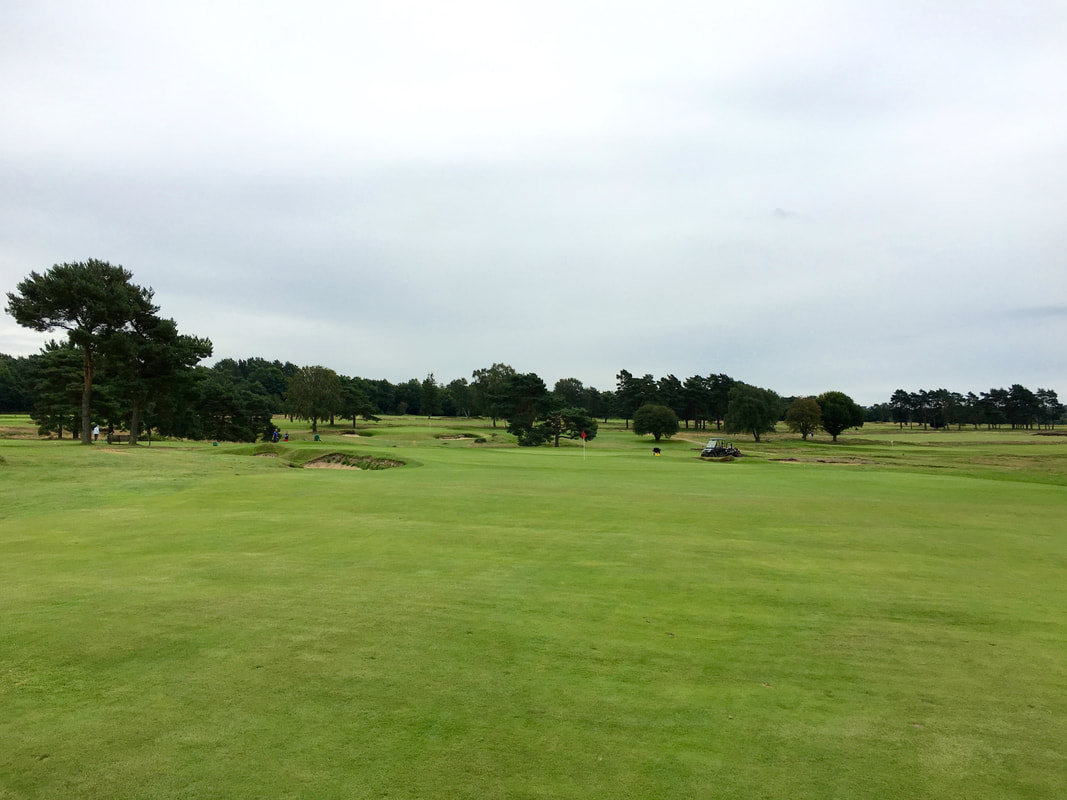
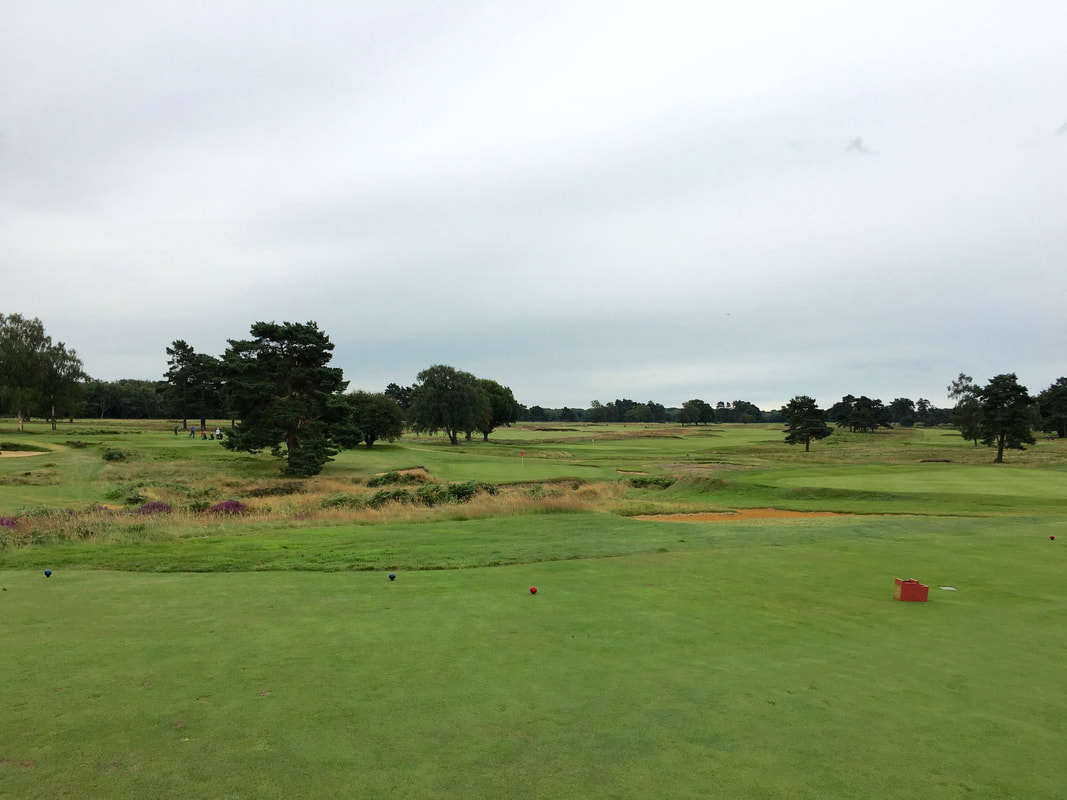
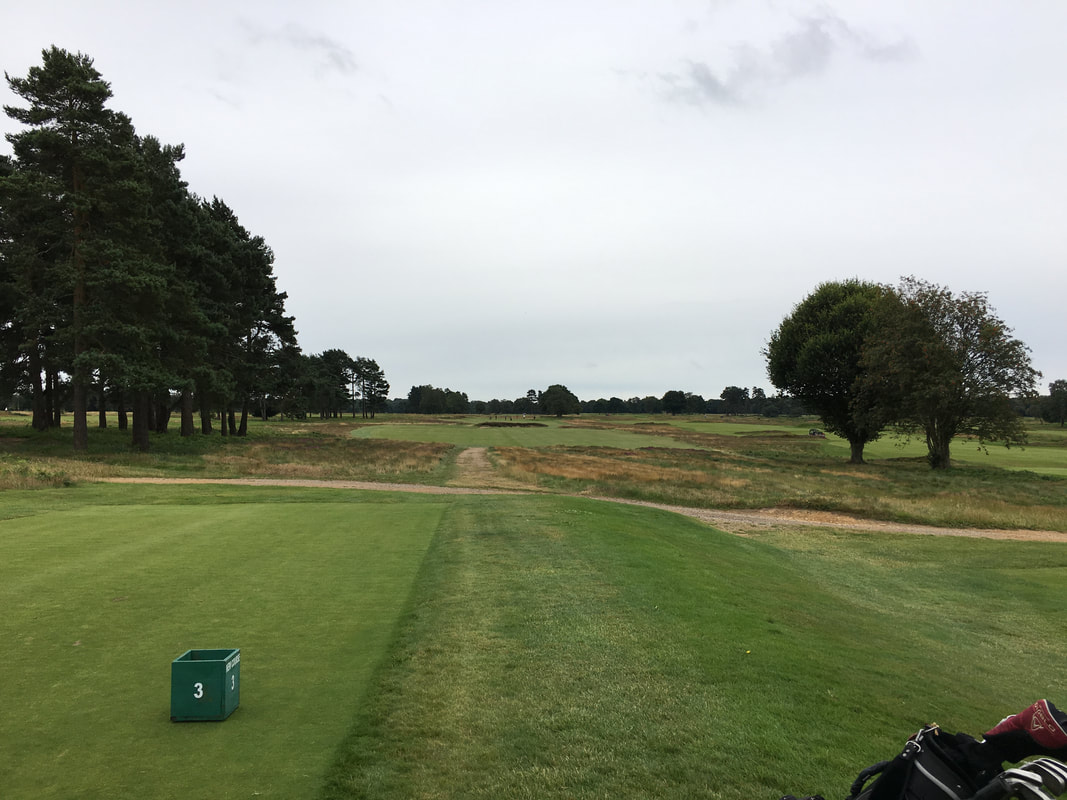
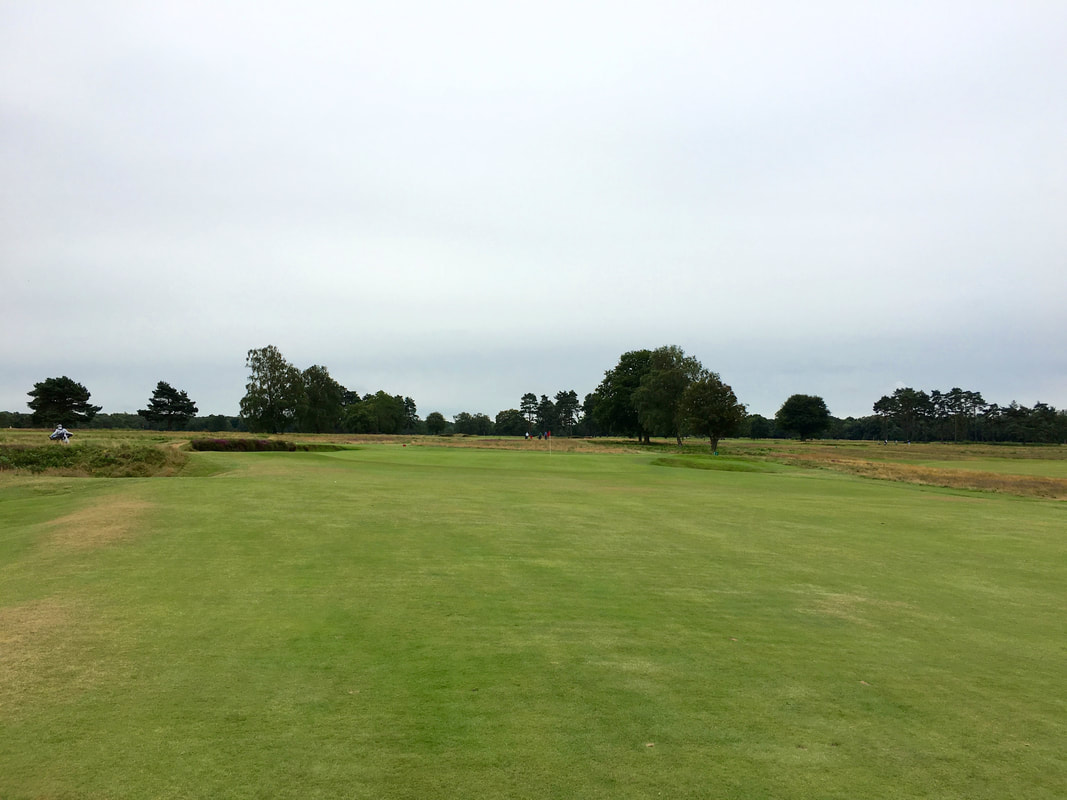
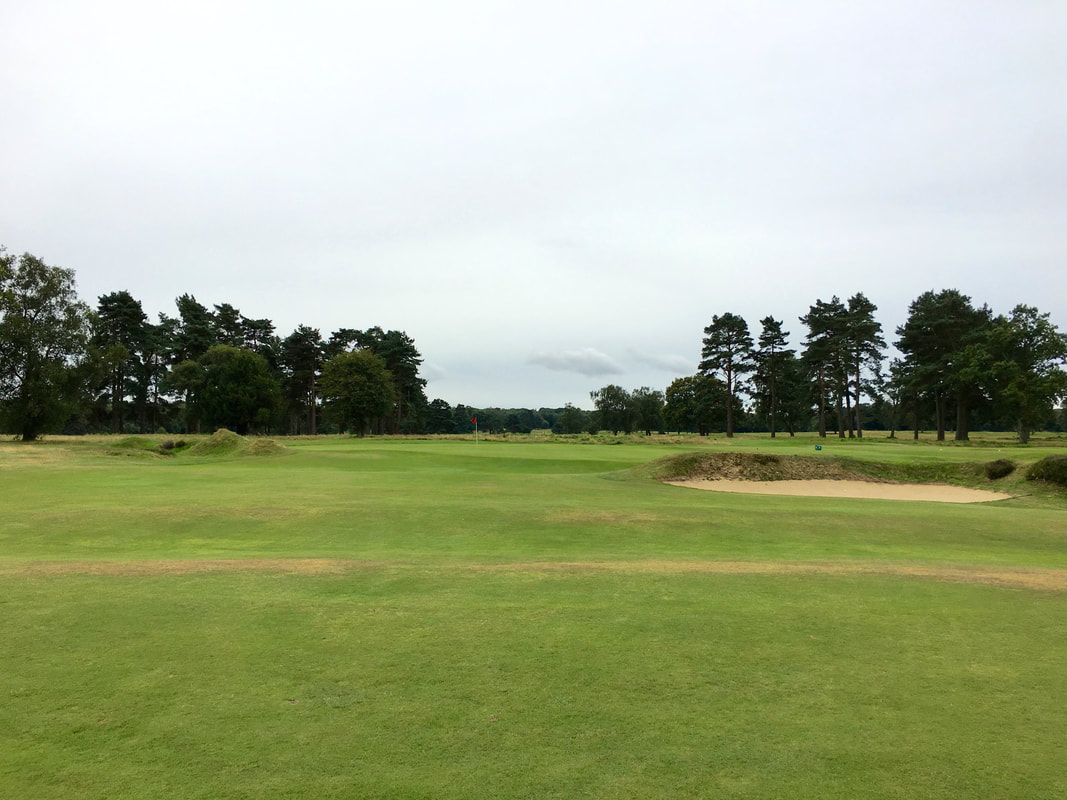
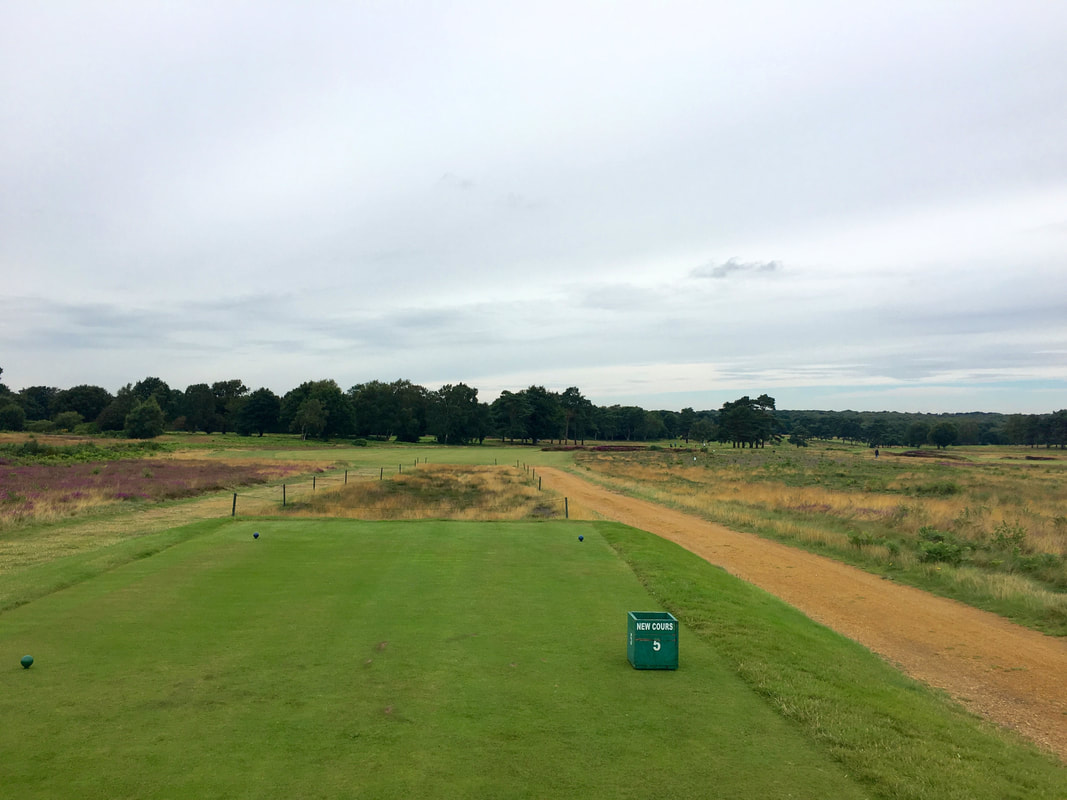
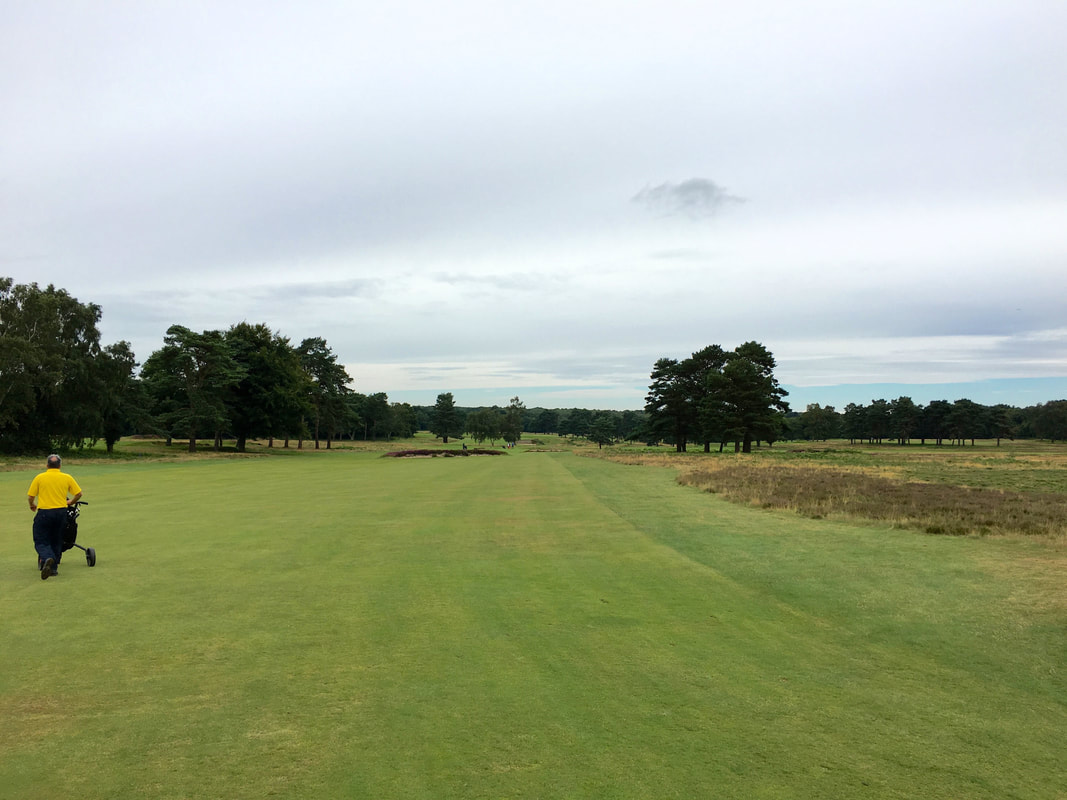
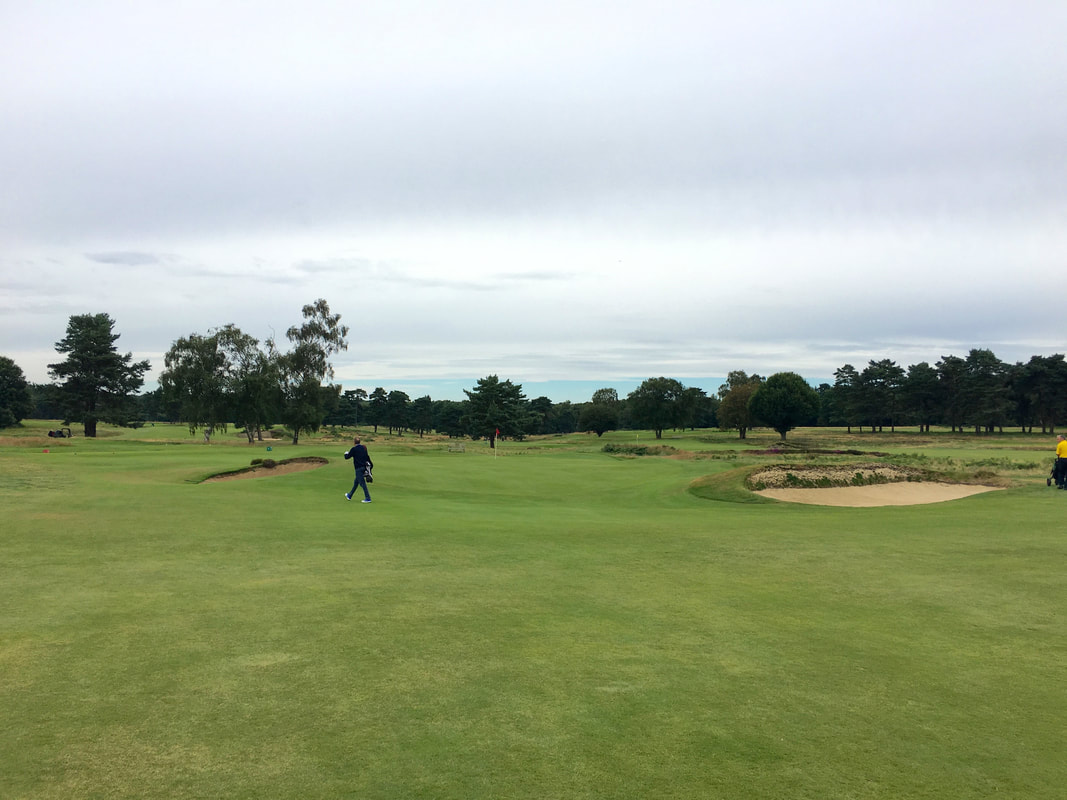
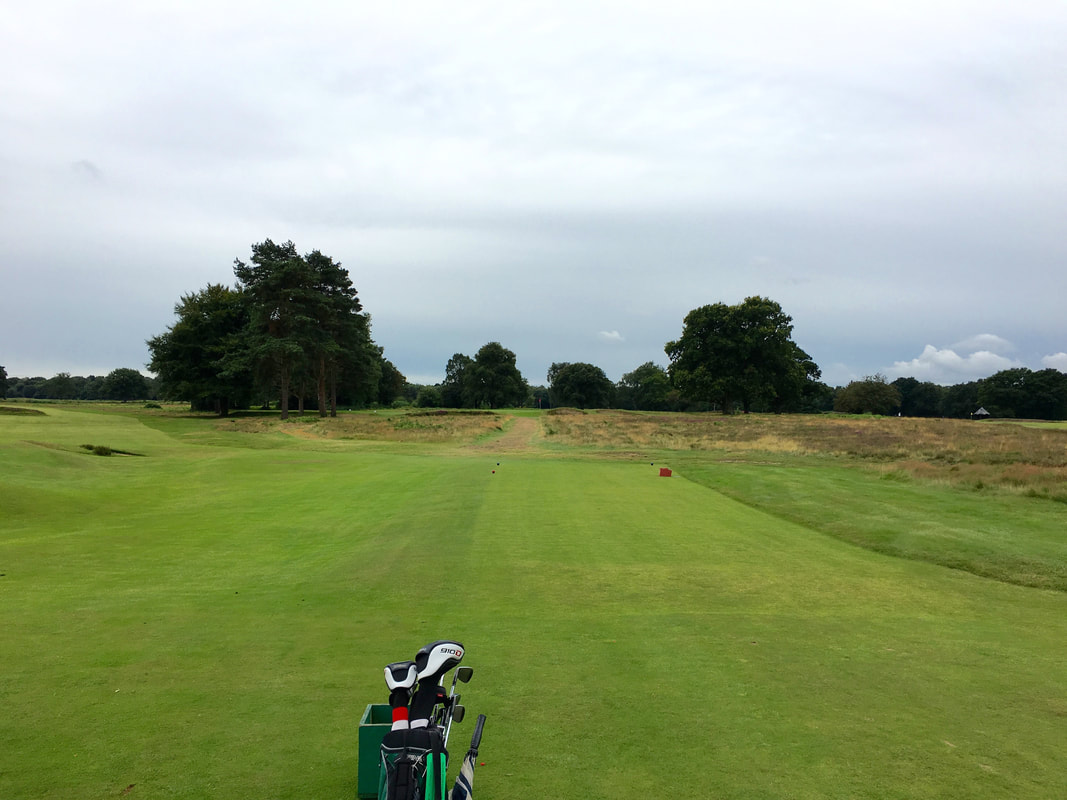
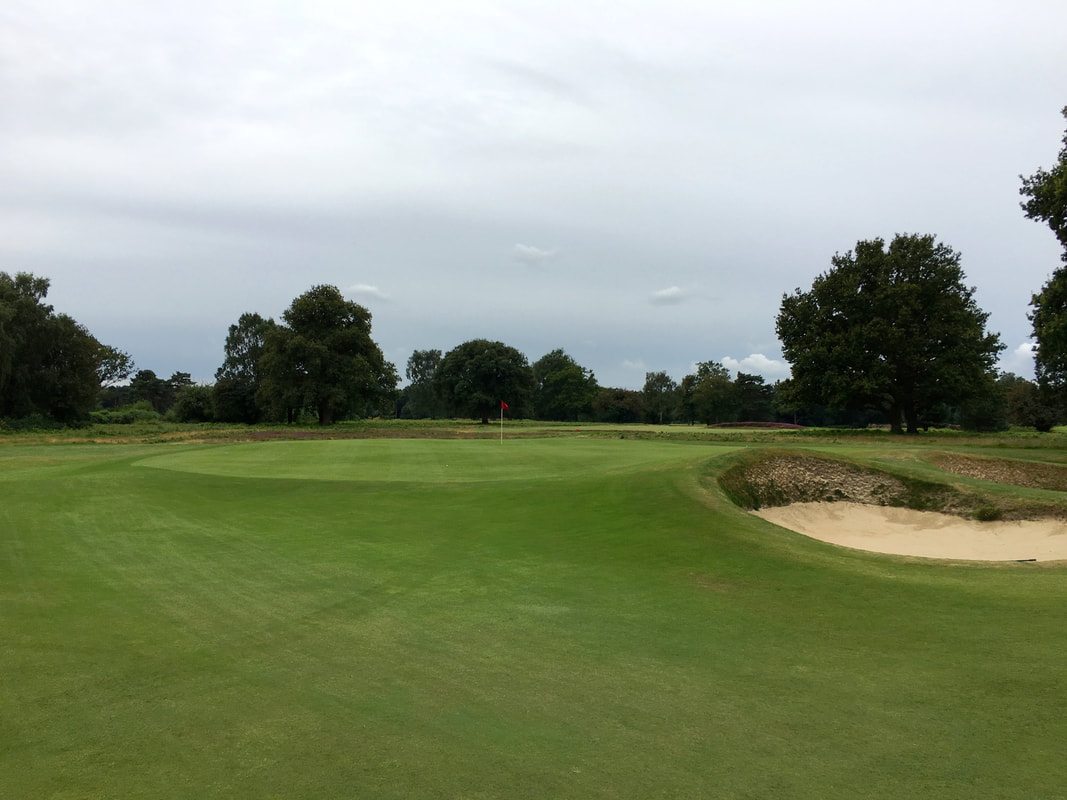
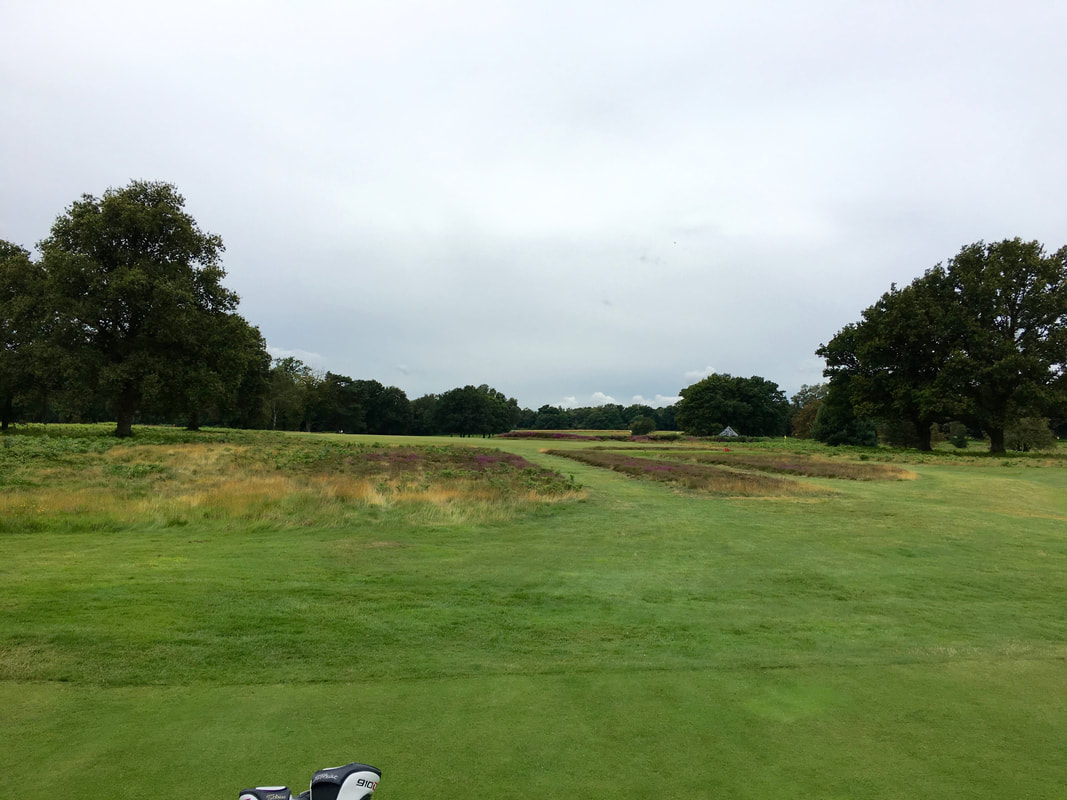
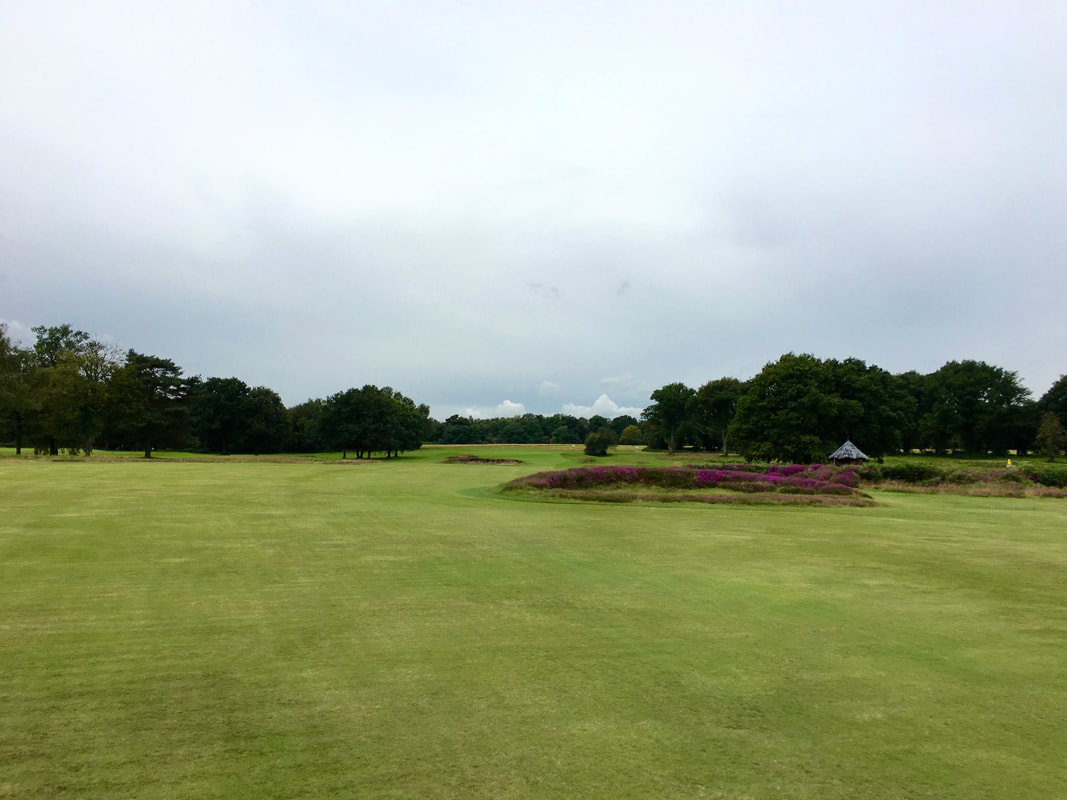

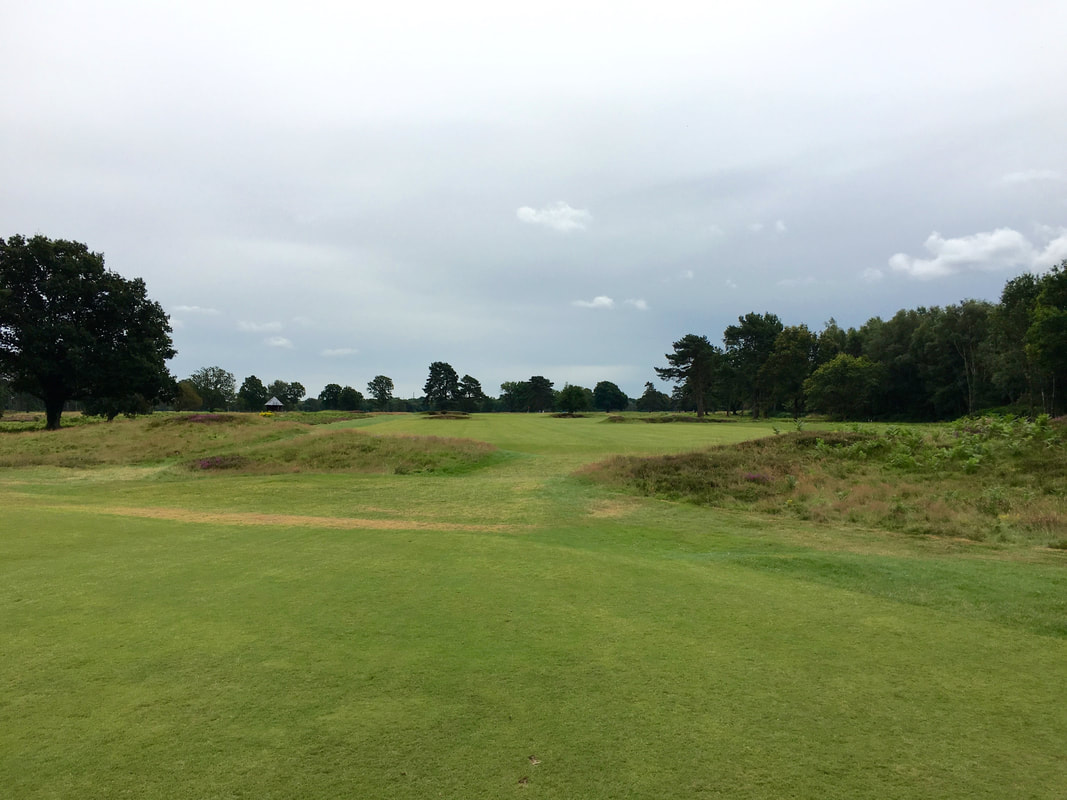
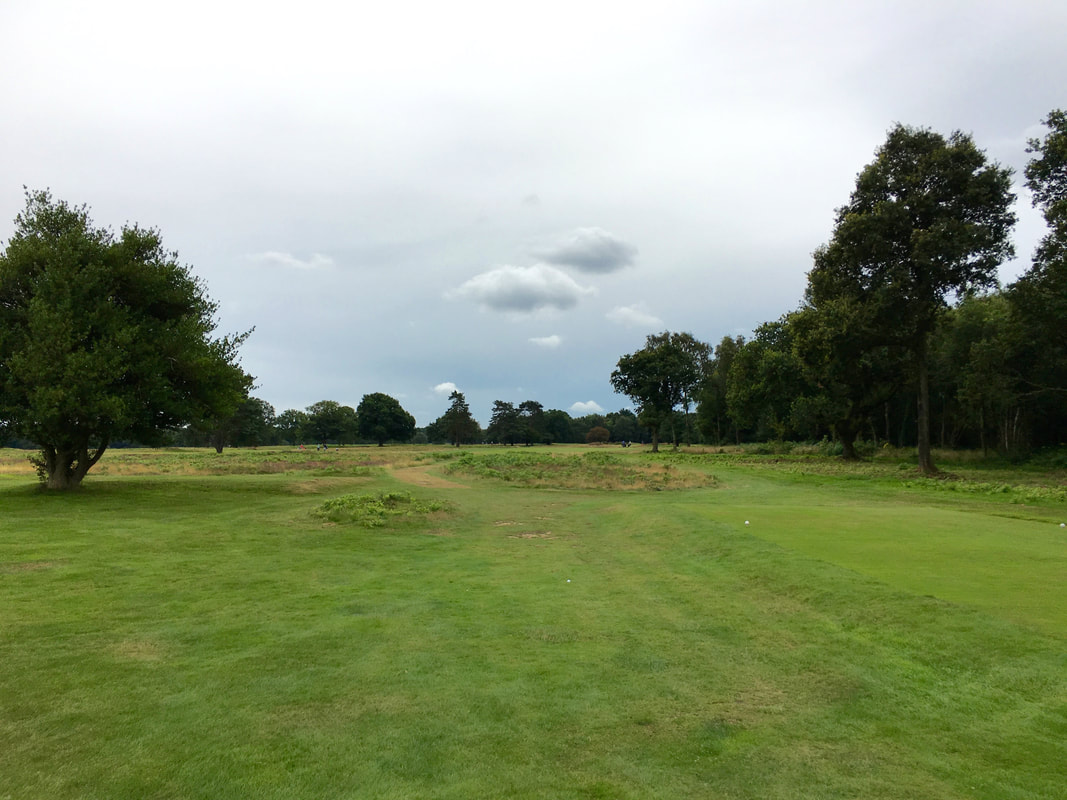
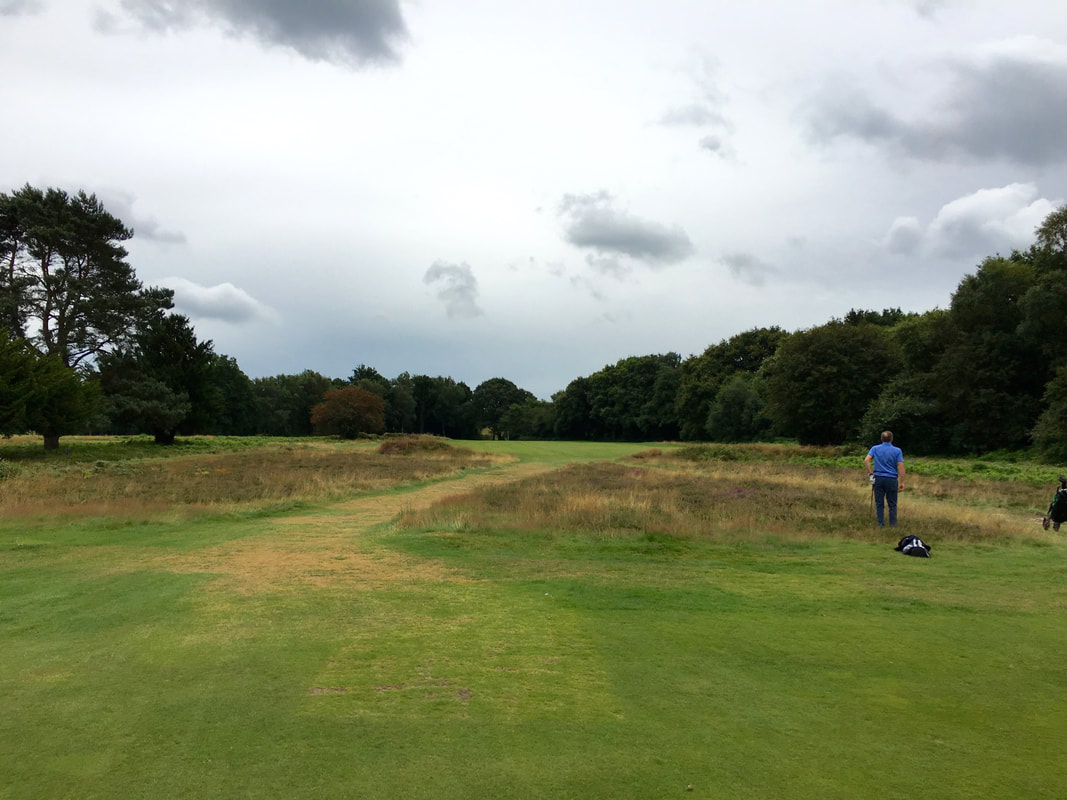
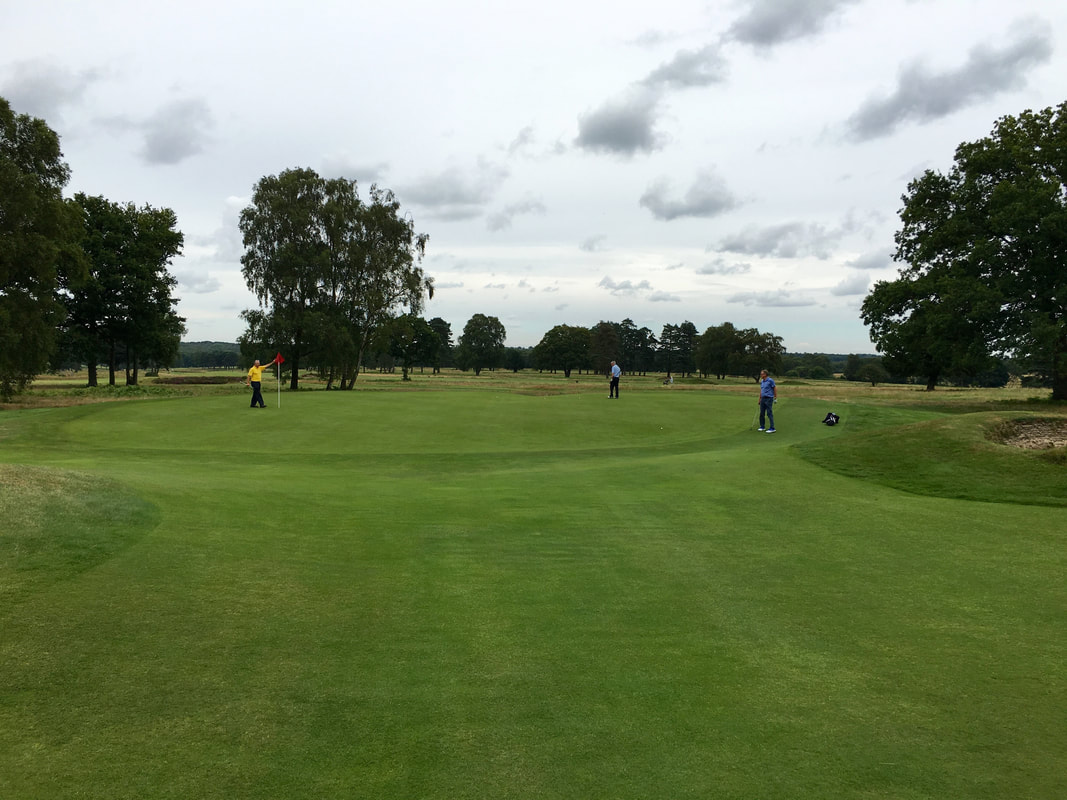
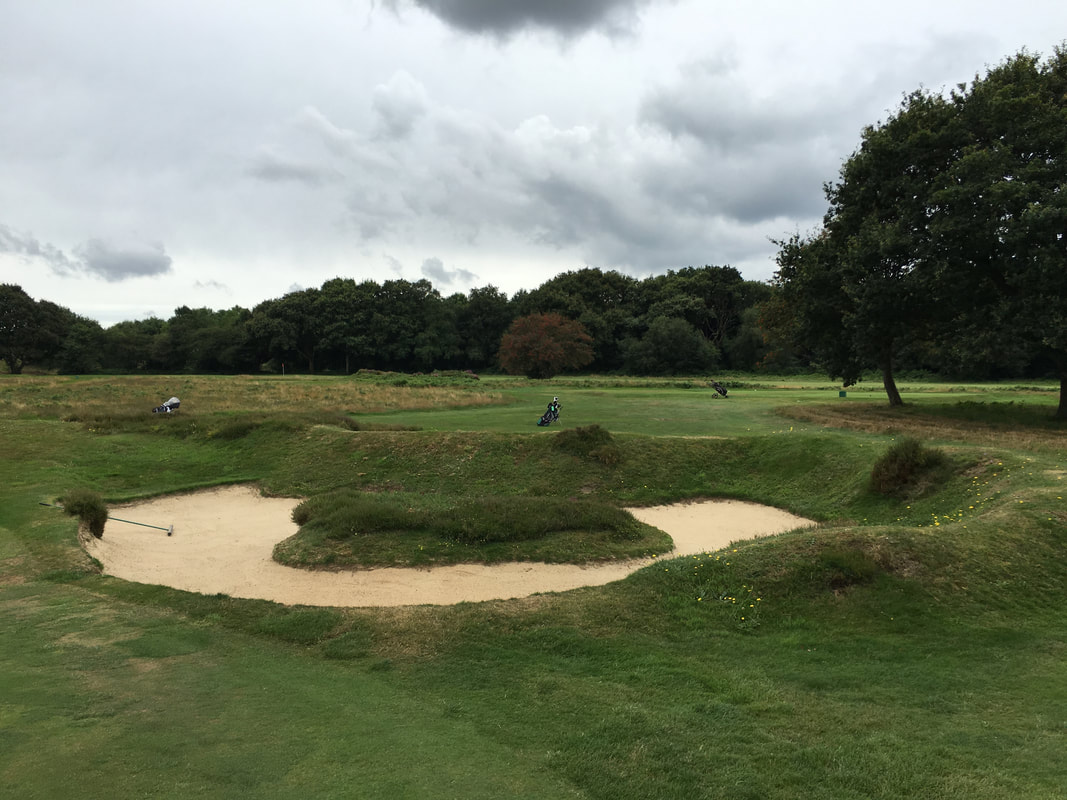
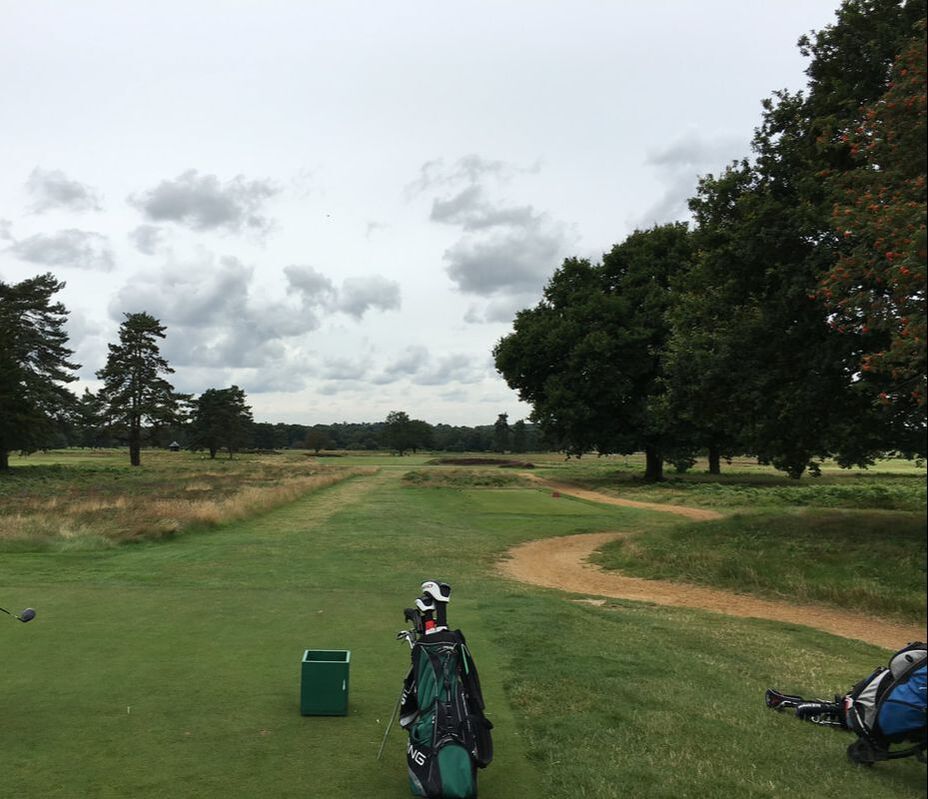
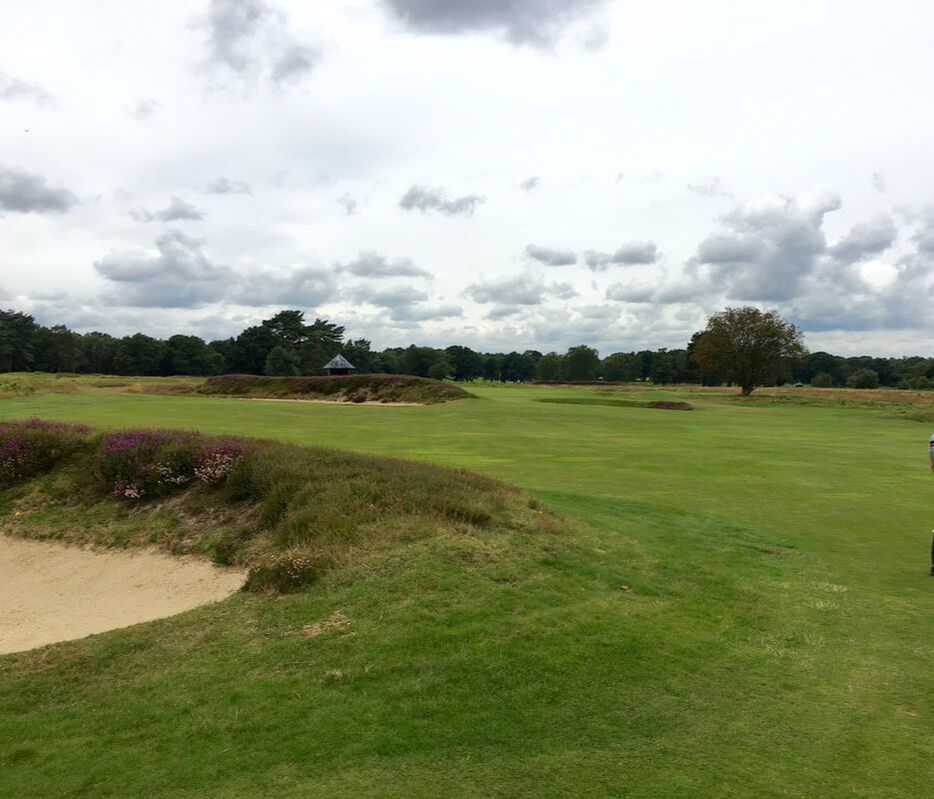
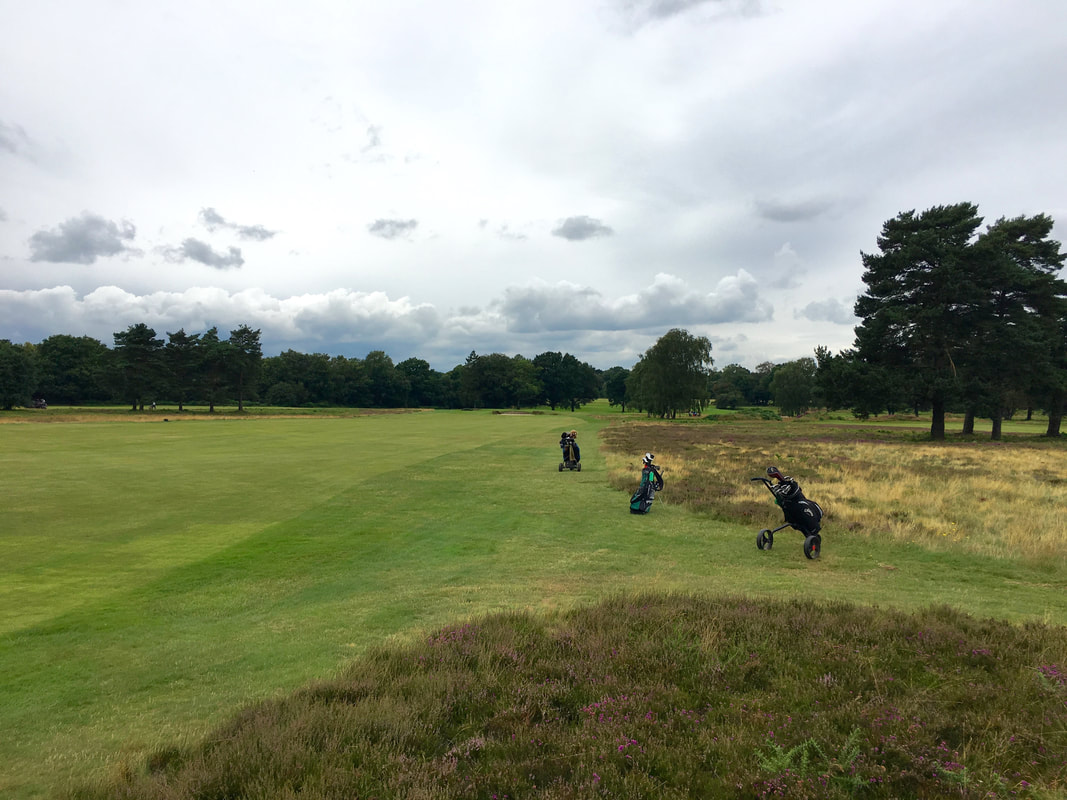
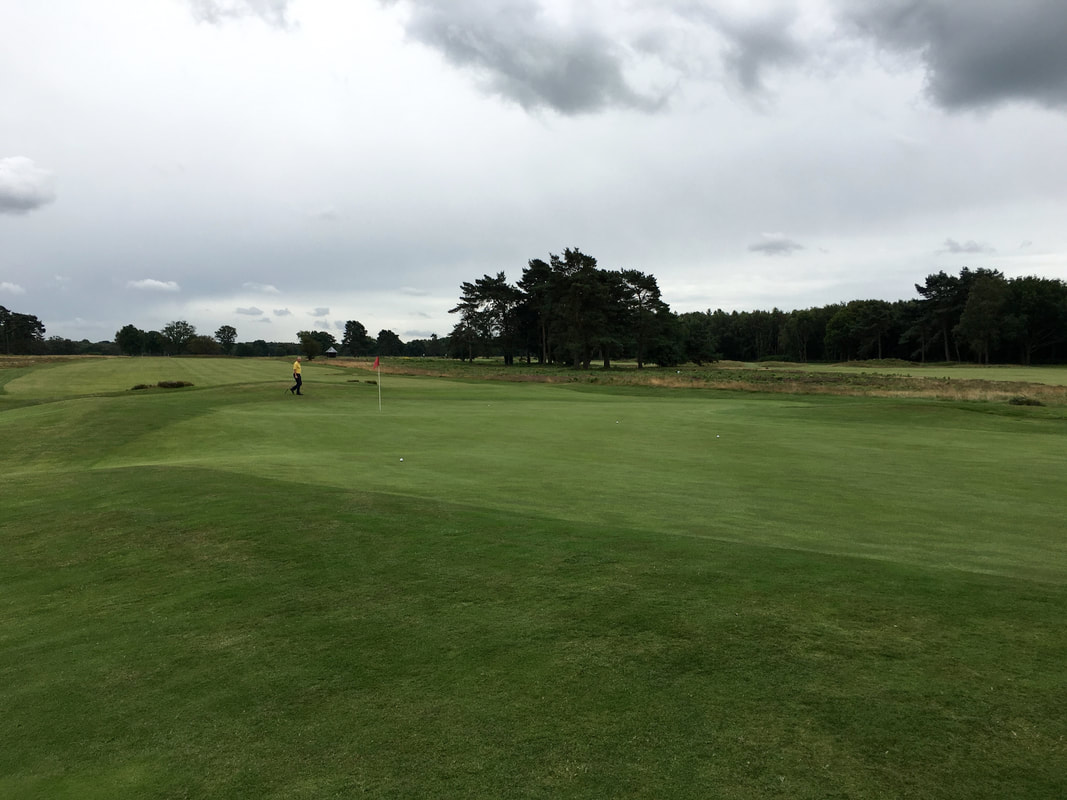
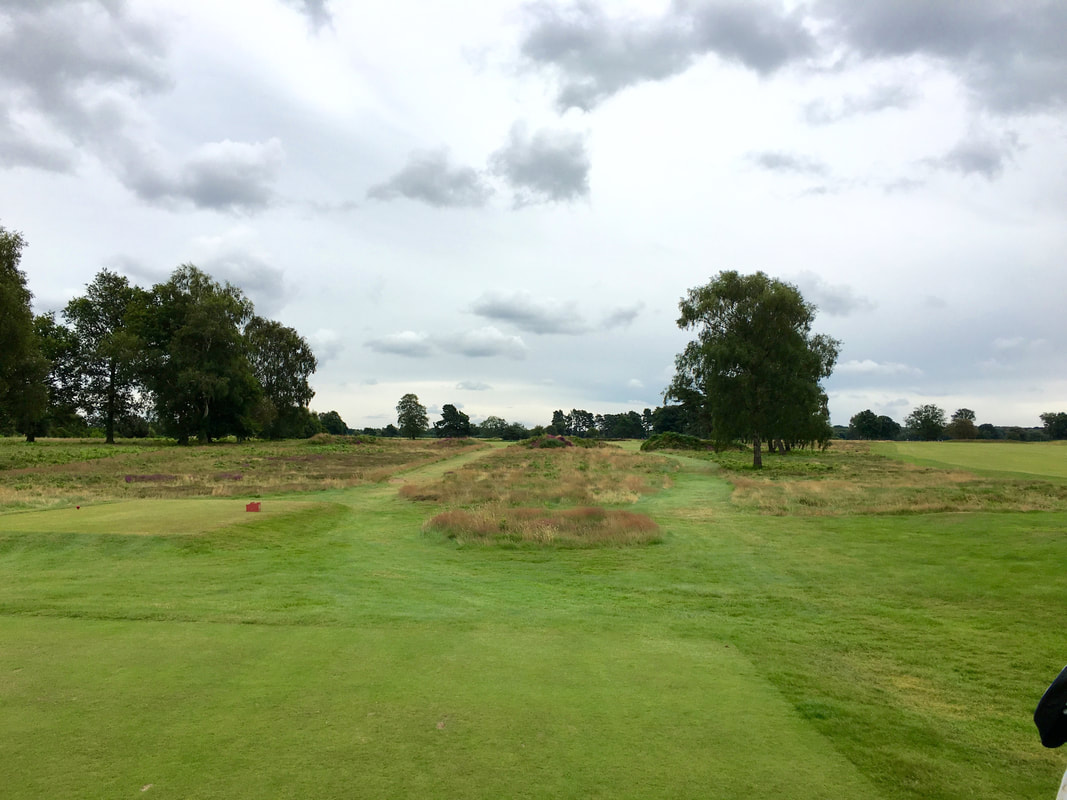
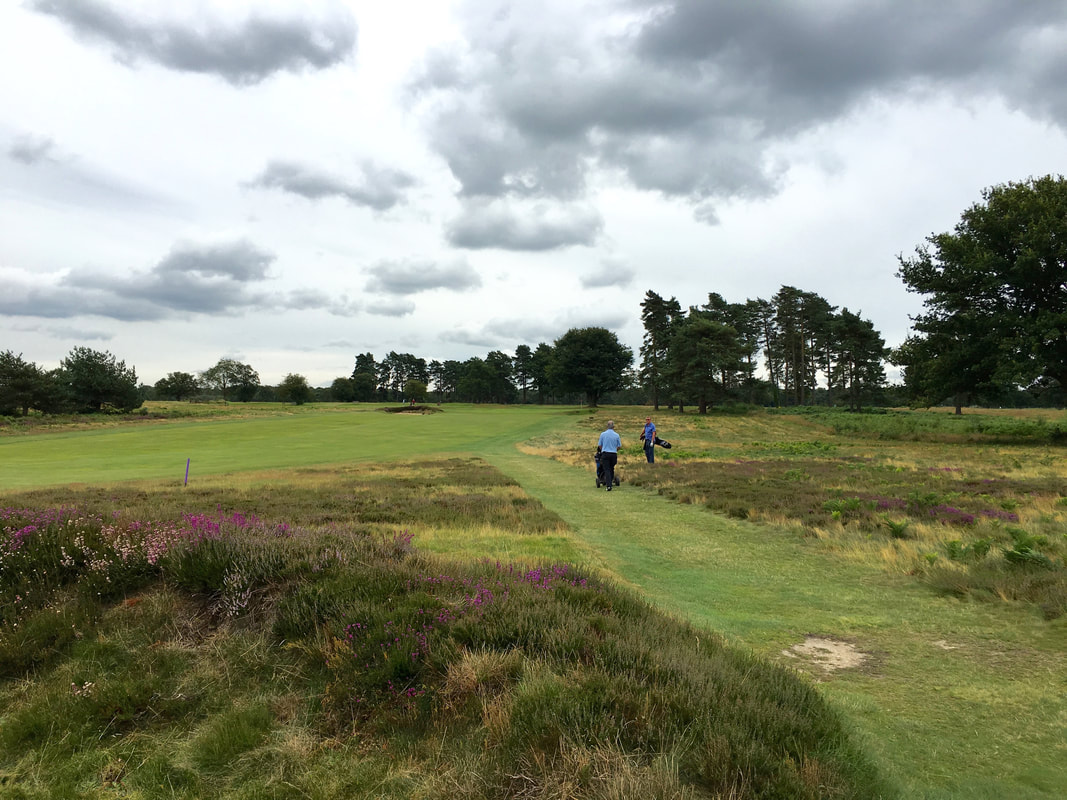
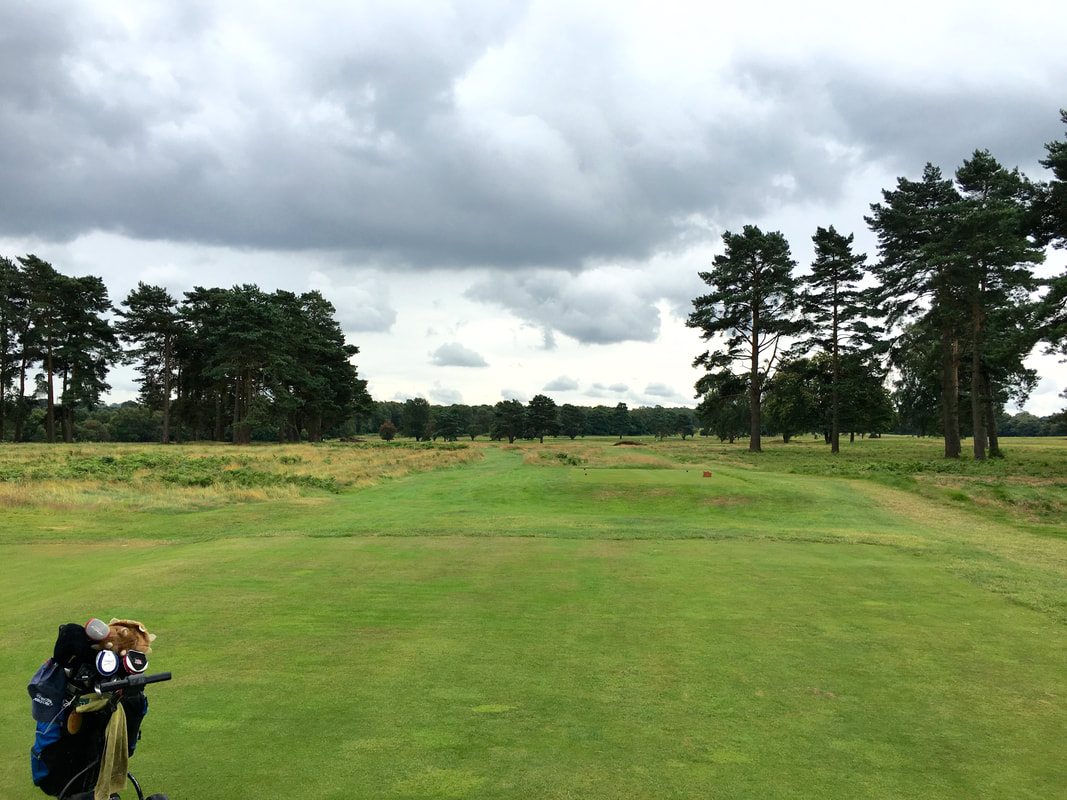
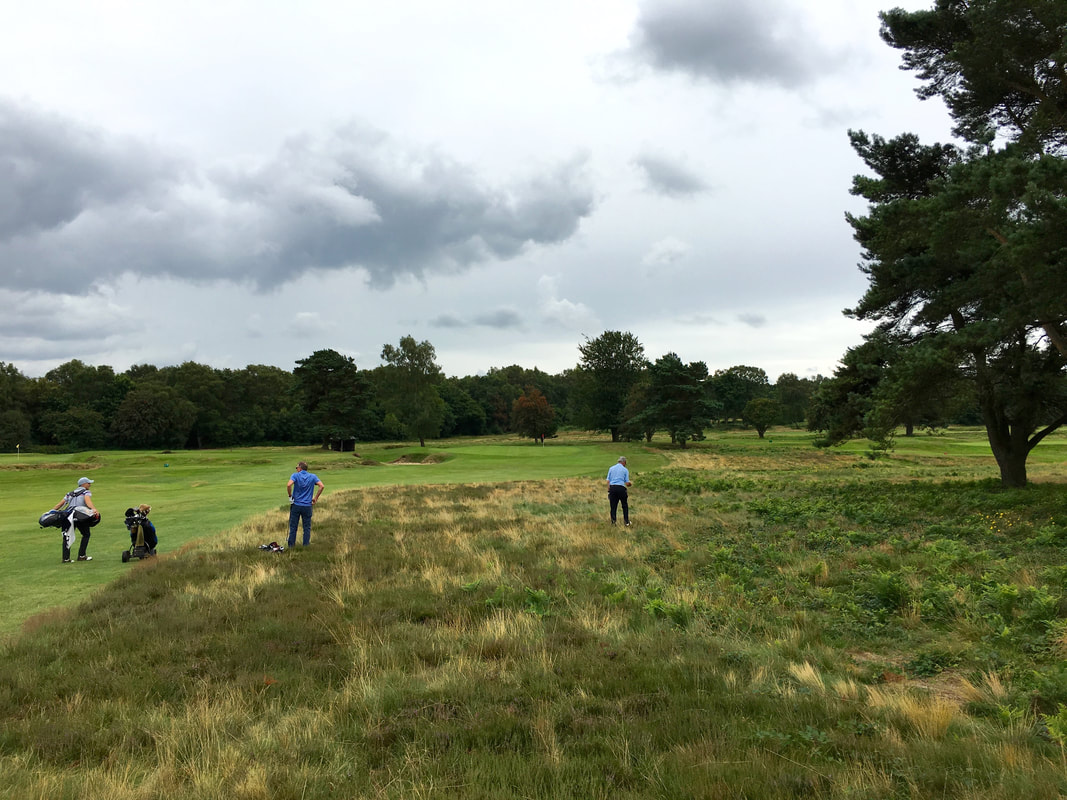
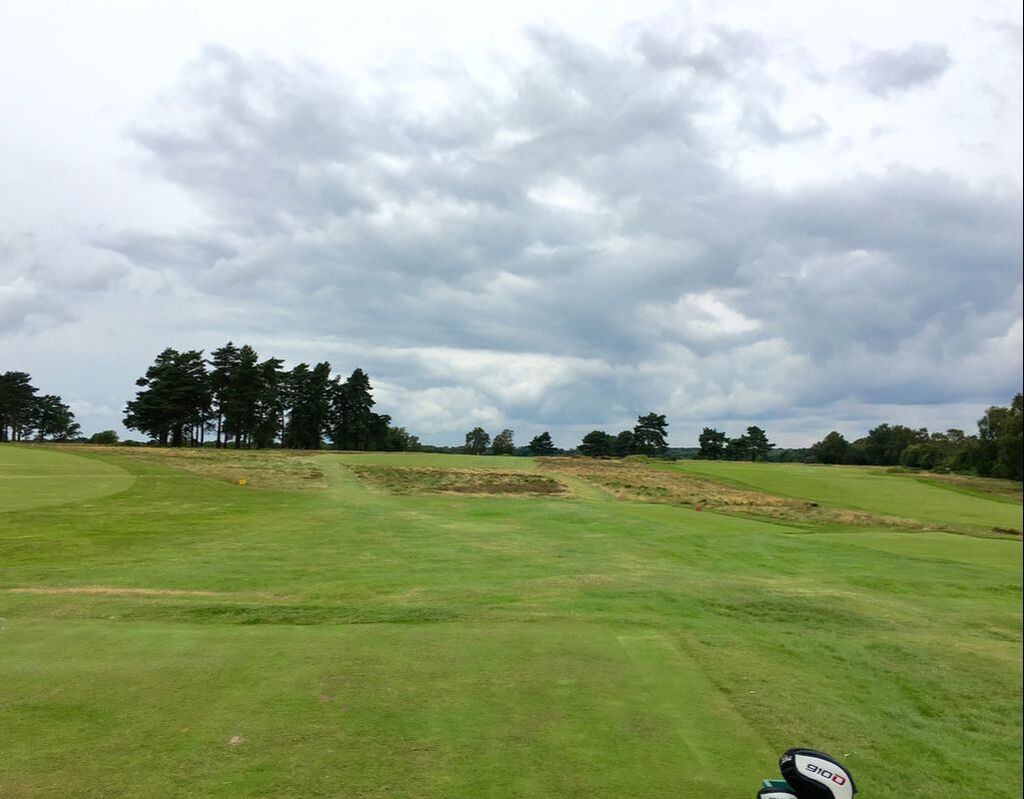
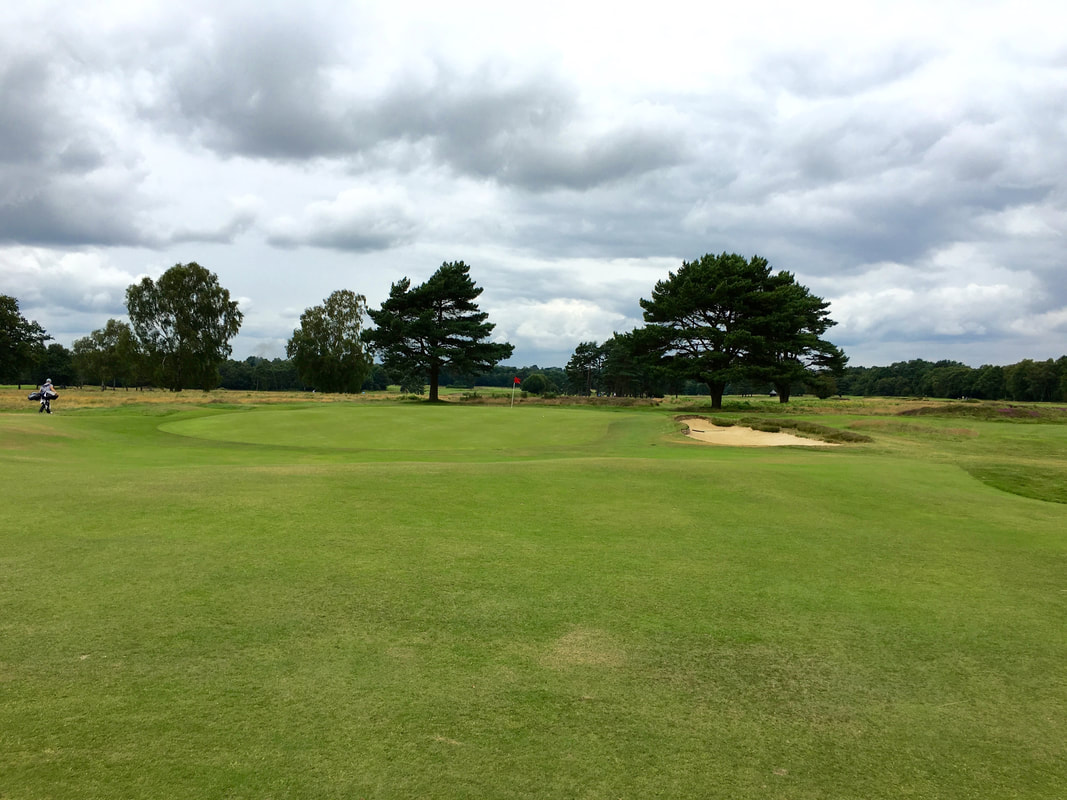
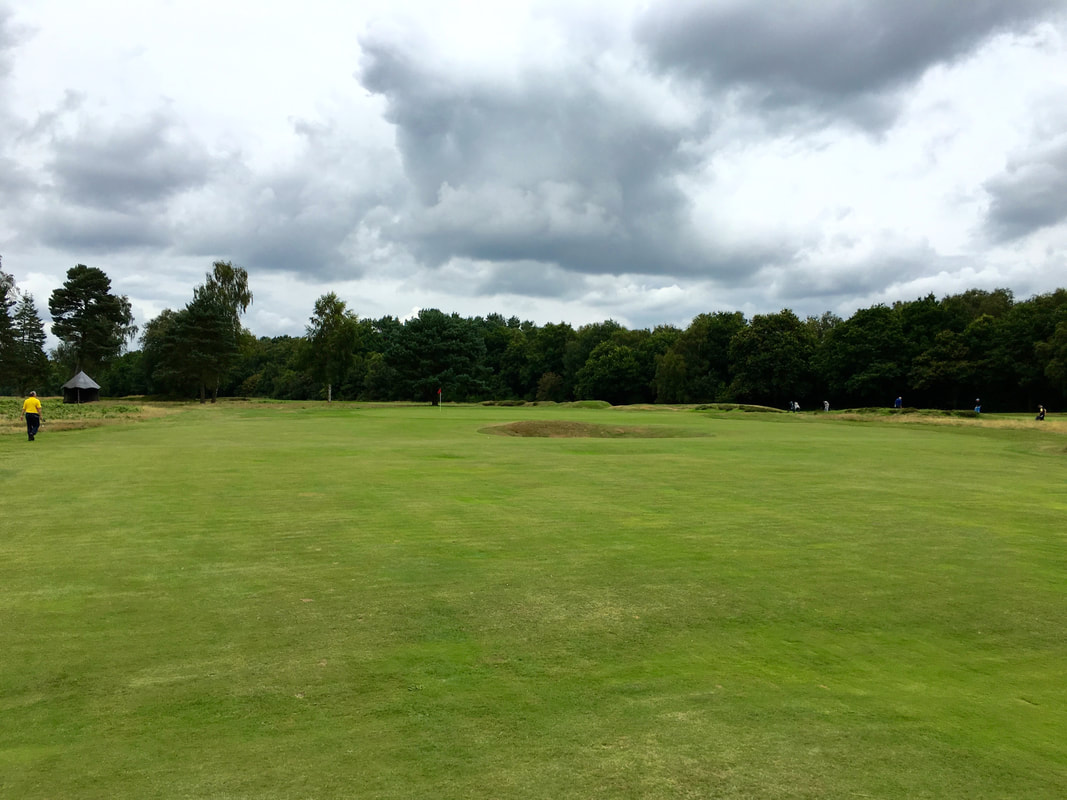
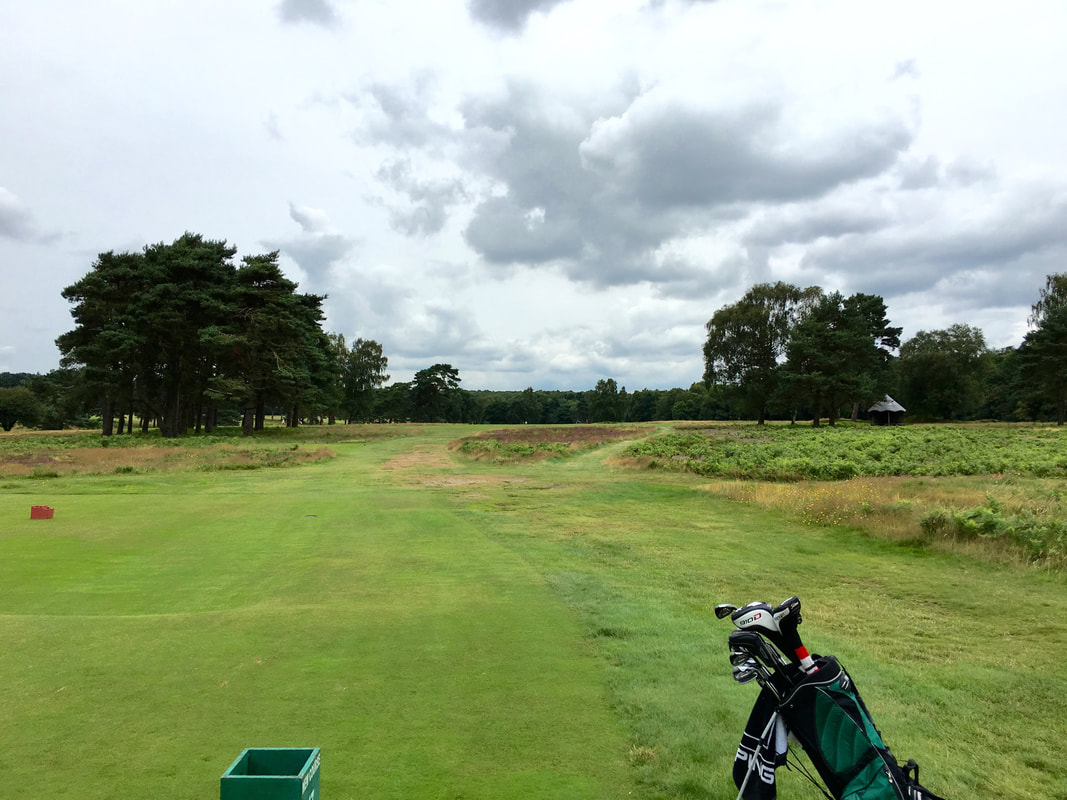
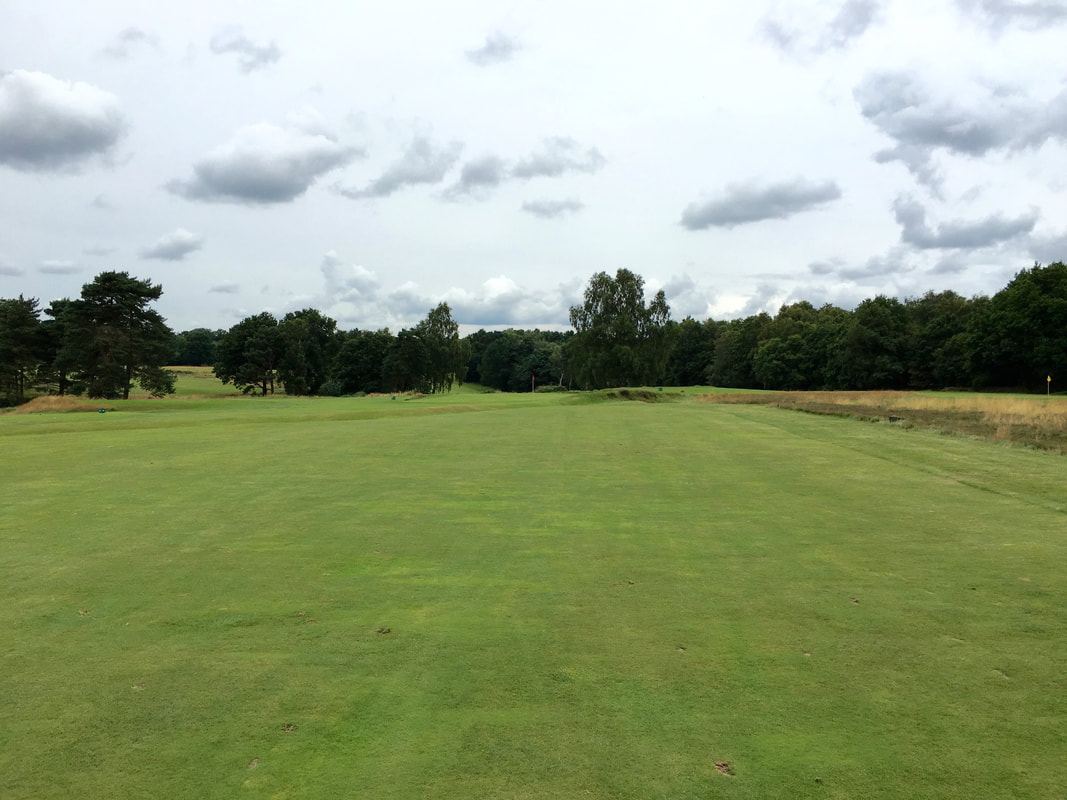
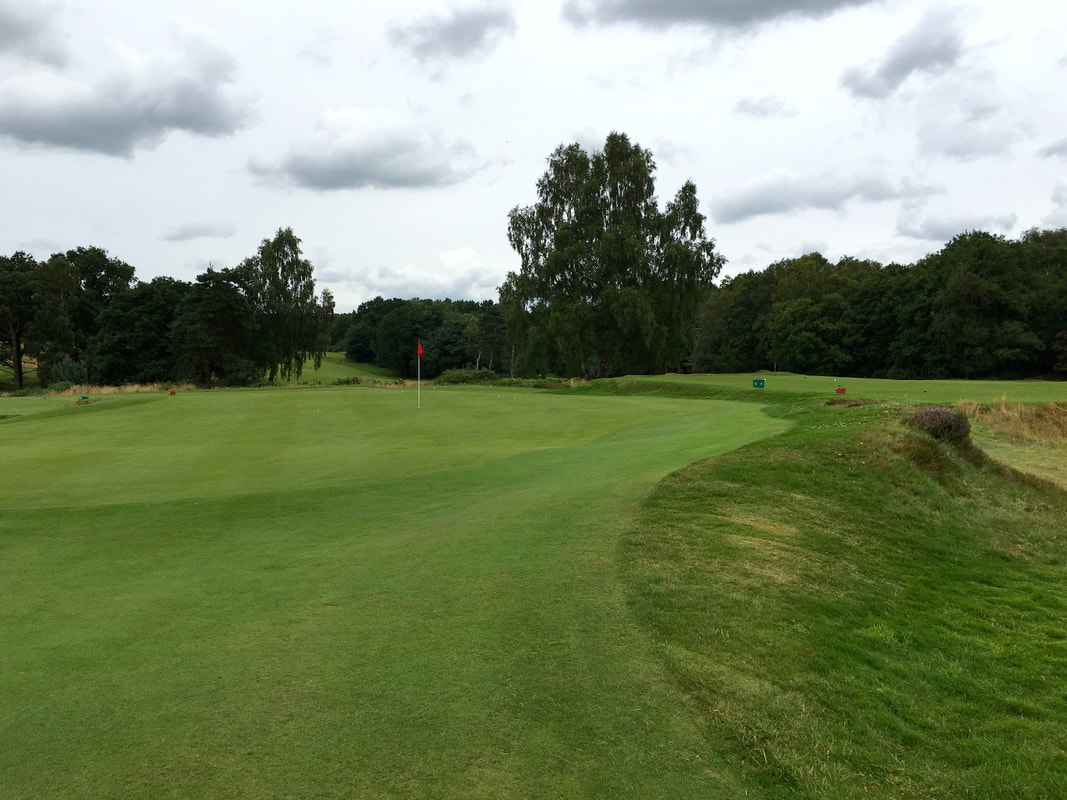
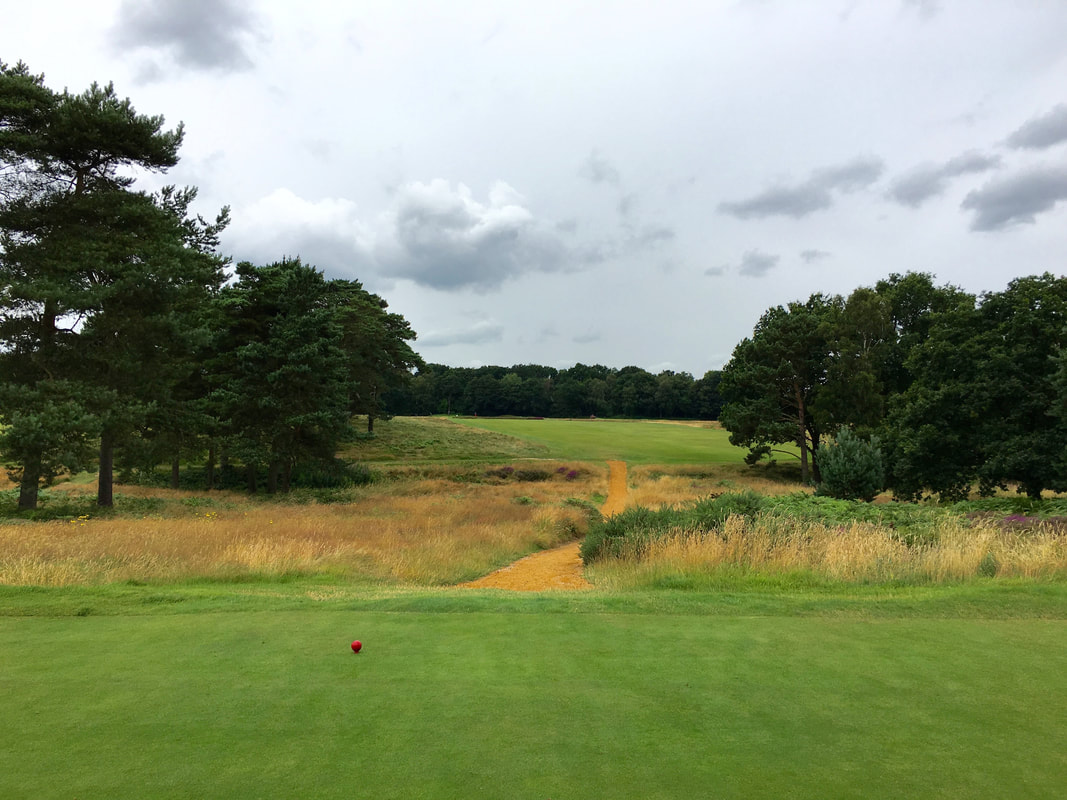
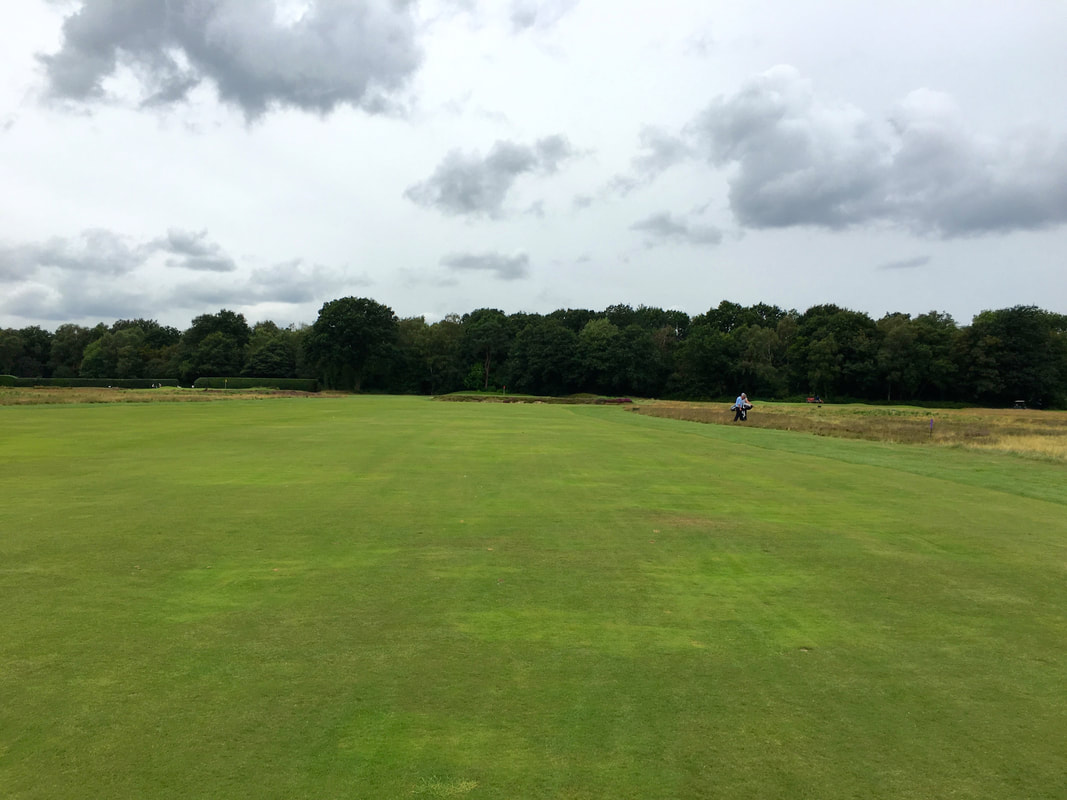
 RSS Feed
RSS Feed